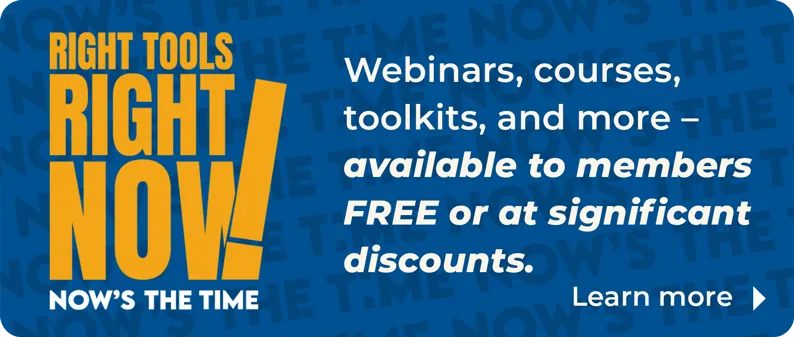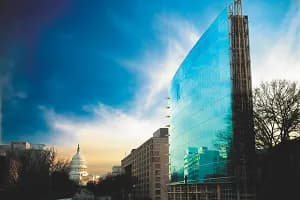Have you ever been in a great public space where it just felt good to be there and where you would go back again and again? This is Placemaking!
Planners, citizens, public officials, organizations and “placemakers” define Placemaking in many ways since there really is no standard way to define Placemaking. But one of the simplest ways to think of Placemaking is as a way of creating great places.
Great places are easy to get to, safe, clean and attractive. They are full of fun activities. They are friendly places where people want to be. Great places also act as drivers of economic development, are a source of community pride, and enrich the quality of our lives.
“If you start with the idea that you focus on place, you can turn that to your advantage and realize that every building, every bench, every tree has an opportunity for helping to create place.”
—Fred Kent, Project for Public Places
Placemaking is a way of transforming an uninviting or unused space into a vibrant place for the whole community to gather and return again and again. Think of a place in your community that you avoid or never visit because it may not be safe, no one else goes there or it’s been neglected. Now think about cleaning up the space and adding amenities like seating and landscaping. Now you have Placemaking.
Placemaking can also be thought of as a method to identify, plan, design and manage public spaces with the intention of creating places that promote people's happiness, well-being and community engagement.
The Project for Public Spaces (PPS) defines Placemaking as a transformative approach that inspires people to create and improve their public places. They see it as a movement that reimagines public spaces as the heart of every community, in every city. PPS views Placemaking as “both an overarching idea and a hands-on tool for improving a neighborhood, city or region. It has the potential to be one of the most transformative ideas of this century.”
Placemaking Chicago looks at Placemaking as looking at, listening to, and asking questions of the people who live, work and play in a particular space, to discover needs and aspirations. Then, this information is then used to create a common vision for that place which can start with small-scale, do-able improvements that can immediately bring benefits to public spaces and the people who use them.
We also really like the idea of the “Power of Ten”, another concept from PPS, to define Placemaking. In the “Power of Ten”, PPS proposes that any great place needs to offer at least 10 things to do or 10 reasons to be there. This could include places to sit, playgrounds to enjoy, art to touch, music to hear, food to eat, history to experience, and people to meet.
PPS expands on this concept to go on to state that “it’s not enough to have just one great place in a neighborhood-- you need a number of them to create a truly lively city or town. It’s not enough to have only one superior neighborhood in a city-- you need to provide people all over town with close-to-home opportunities to take pleasure in public life. And, it’s not enough to have one livable city or town in a region-- you need a collection of interesting communities.”
If you’re still trying to figure this all out, how about this: are there any vacant lots, neglected parks and waterfronts, dilapidated blocks, overgrown trails, unused parking lots, underused green spaces in your community? What if some folks in your community, like you, got together to determine how to revitalize that space into a place where children would play; events could be held; workers could eat lunch; senior citizens can relax; students can read; and residents could smell the flowers. This is Placemaking.

Lastly, a picture is worth a thousand words so take a look at these before and after photos to see what Placemaking is.








